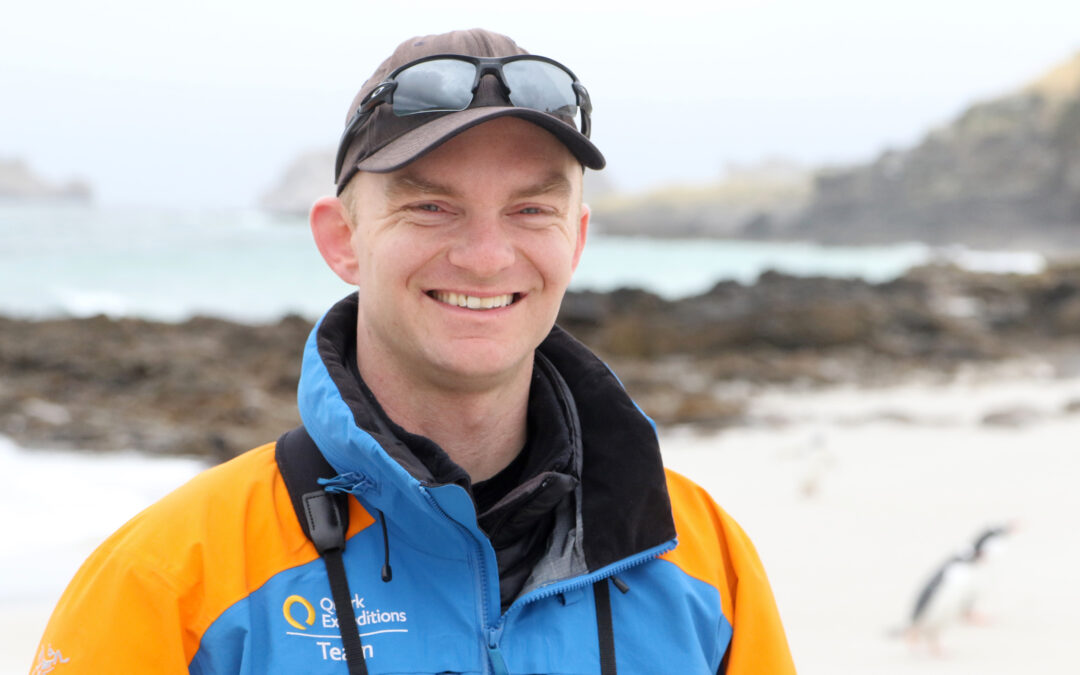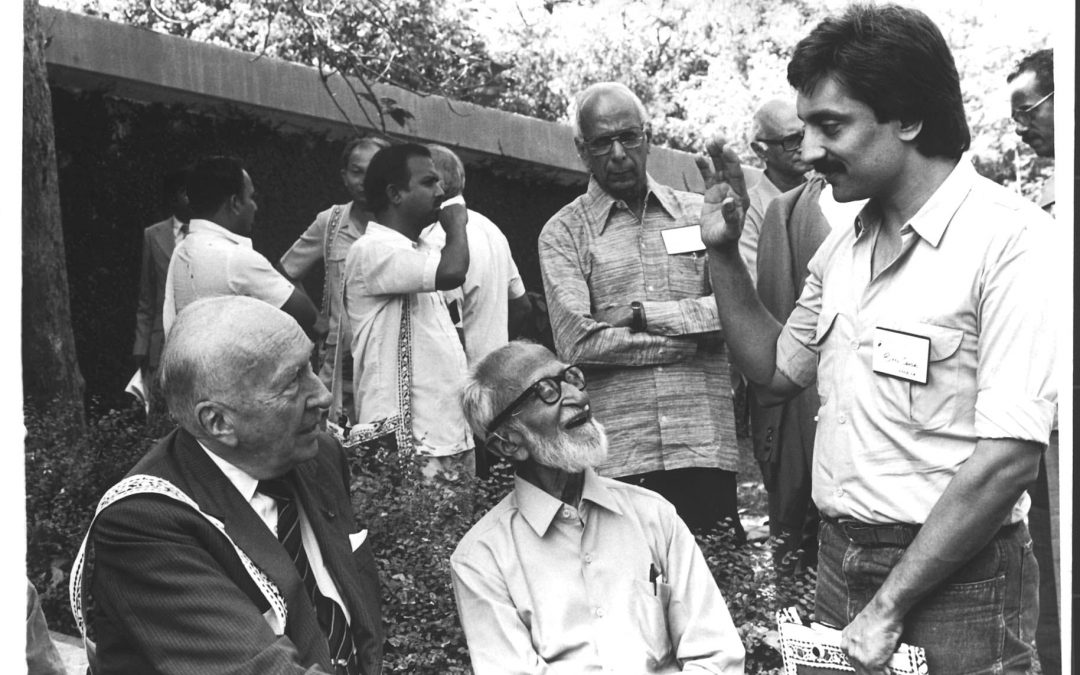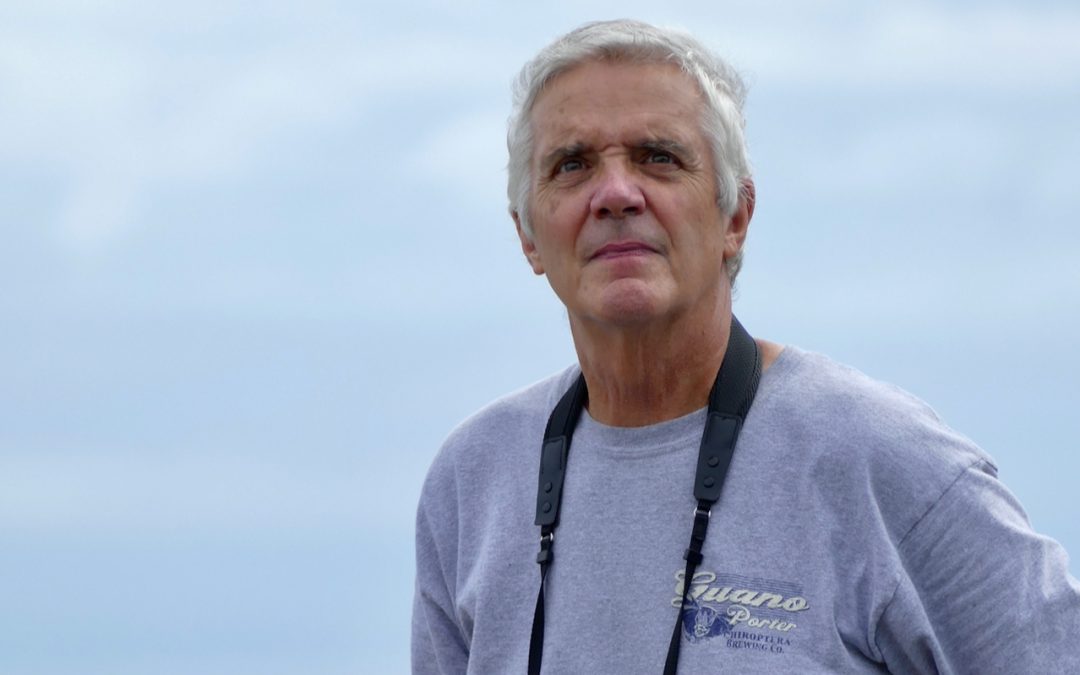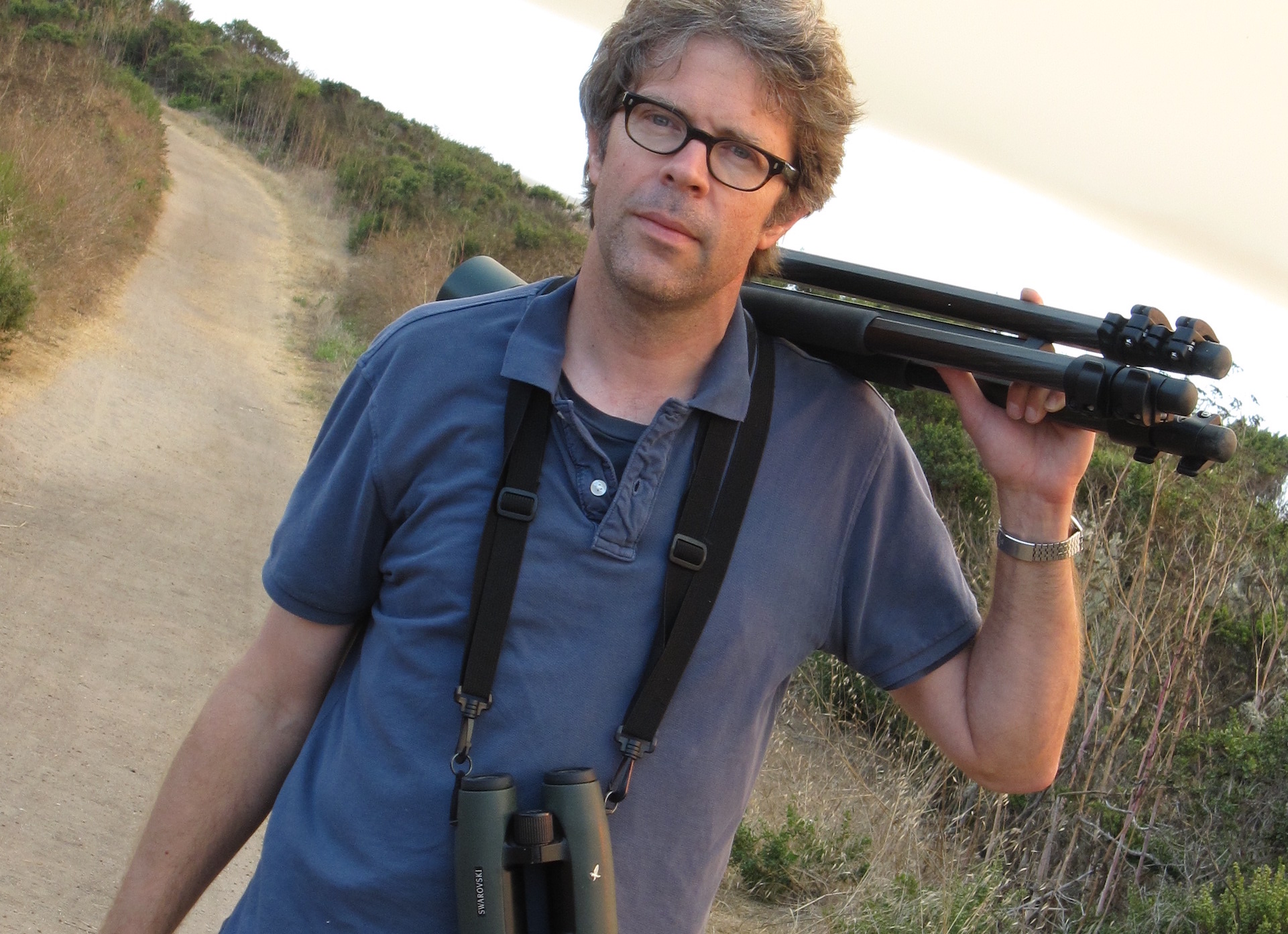


Episode 45: Avians to the rescue with Bittu Sahgal
Our guest today is the much-admired Bittu Sahgal. Mention Mr. Sahgal and three words come up: Sanctuary, activism, and conservation. He founded Sanctuary magazine in 1981. It morphed into Sanctuary Nature Foundation in 2001. In these capacities, and...
Episode 37: Talking hummingbirds with Anusha Shankar
Today’s guest, Anusha Shankar studies hummingbirds as a Rose Postdoctoral Fellow at the Cornell Lab of Ornithology. She has lived and worked on four continents and loves being an Indian woman in science. She is fascinated by hummingbirds’ ability to use a...
Episode 24: The Real James Bond: Birds, Theft and a Spy.
Is there a link between birds and 007? Well, author and American birder, Jim Wright says there is. The title of his latest book says it all. “The Real James Bond: A True Story of Identity Theft, Avian Intrigue and Ian Fleming.” The book...
Episode 23: Jonathan Franzen talks about birding
Jonathan Franzen is arguably America’s greatest living fiction writer. He has won numerous accolades and awards. His latest book, Crossroads, is just out. Like many of his novels, it has little to do with his other passion. As Jonathan says in this...
Episode 21: Wetland and Grassland Birds from the Man who Discovered a Frog: with Seshadri K.S.
Dr. Seshadri KS grew up in Bangalore and started to watch birds at a young age. An avid naturalist with interests across many taxa, he has chosen to study natural history, ecology and conservation biology as a career. He was part of the team that described three new species of frogs from India and described a new behavior in frogs. Dr. Seshadri is currently a DST-INSPIRE Faculty Fellow at the Centre for Ecological Sciences, IISc Bangalore. In this episode, we talk about wetland and grassland ecology, and bird photography.
